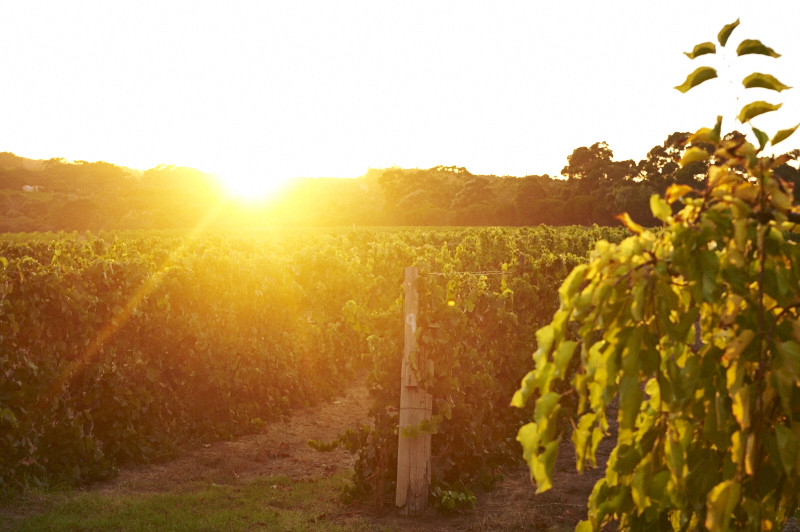
‘Splitting Hairs’ – vintage comments by Lisa Perrotti Brown featured in eRobertParker.com
Western Australia: Splitting Hairs
August 29, 2014
Given the recent run of great vintages (2007-2014) in Western Australia (WA), discussing the relative merits and shortcomings of vintage variation in these annual reports has developed into something of an exercise in splitting hairs. Indeed WA gets top marks in this respect for reliability, which – like its location way over on the other side of Australia from the bulk of wine production – sets it apart. I mention this because the eastern half of Australia has been on a vintage rollercoaster in recent years compared to WA’s straight-and-narrow path.
WA doesn’t produce a lot of entry-level grog, although there are some superb “value wines” at the lower to mid-price ranges and it is here where that reliable consistency of vintages really shines through. So, to be precise, the minor vintage variations become most discernable and important when analyzing wines in the upper echelons of wine quality and with notable ageing potential. This is where we hair-splitters can have a lot of fun looking at the subtle differences between the age-worthy paragons of three recent outstanding vintages in WA: 2010, 2011 and 2012.
Four years on down the road reveals that the 2010 wines – reds in particular – are looking truly awesome. What a year for WA and Margaret River’s Bordeaux red varieties in particular! To elaborate, it’s the ripeness of tannins matched by fully manifested flavor compounds that are just starting to evolve into a beguiling array of tertiary characters that makes this vintage a slim-cut above the rest. So, if I had to split hairs, I would say this vintage is marginally better than the other two in this 2010-2012 trio of superlative viticultural years, with the 2012 vintage a close second. Followed closely again by 2011.
Often compared to 2007, 2011 was similarly a hot one. When I was judging last year at the Margaret River Wine Show and again when looking at some of the tops reds that have just been released for this report, I noted that while the 2011s possess good concentrations of fruit, the flavor spectrums and phenolic ripeness are a little disappointing compared to 2010…but I am just splitting hairs here as the wines are generally excellent.
The early budburst predicted an earlier-than-average 2012 harvest from the get-go. And make no bones about it, 2012 turned out to be a very hot year coupled with below-average rainfall and equating to a harvest period of between 2 to 3 weeks ahead of the regional average for both whites and reds. At this youthful stage for the best wines, I’m very impressed with the generosity of the whites (depending on picking dates) and the ripeness of tannins for the reds. While the palate weights of the Cabernet Sauvignon-based wines are elegantly ample, I’d like to see a little more complexity of flavor-spectrum, though this hair-splitting pronouncement may be redressed with bottle age and, if so, 2012 may rival 2010 in terms of quality for the red Bordeaux blends and may even surpass that outstanding vintage.
A Look Ahead at 2013 & 2014
The summer started a bit late in 2013 and generally speaking this was a cooler year with some superb white wines in the offing and I’m thinking there will be some wonderfully complex and elegant top-tier reds coming from this vintage, too (when they’re released). Yields are generally down due to poor fruit set particularly affecting the white varieties. Acid levels are generally higher and pH levels lower for this vintage, which is not a bad thing considering this cut-down on the need for acidification! The particularly pronounced diurnal variation this vintage that is characteristic of this region made for some very cool nights that helped preserve acidity and slow ripening.
Yet another hot, dry, hair-splittingly great vintage with lots of Marri blossoms to tempt the birds away from the fruit. Keep ’em coming WA!
